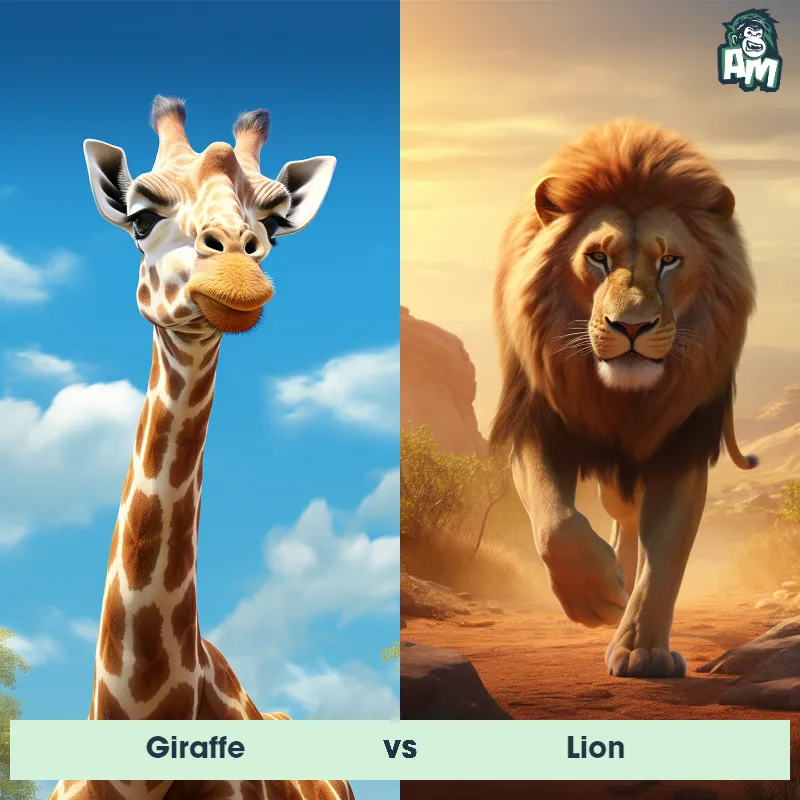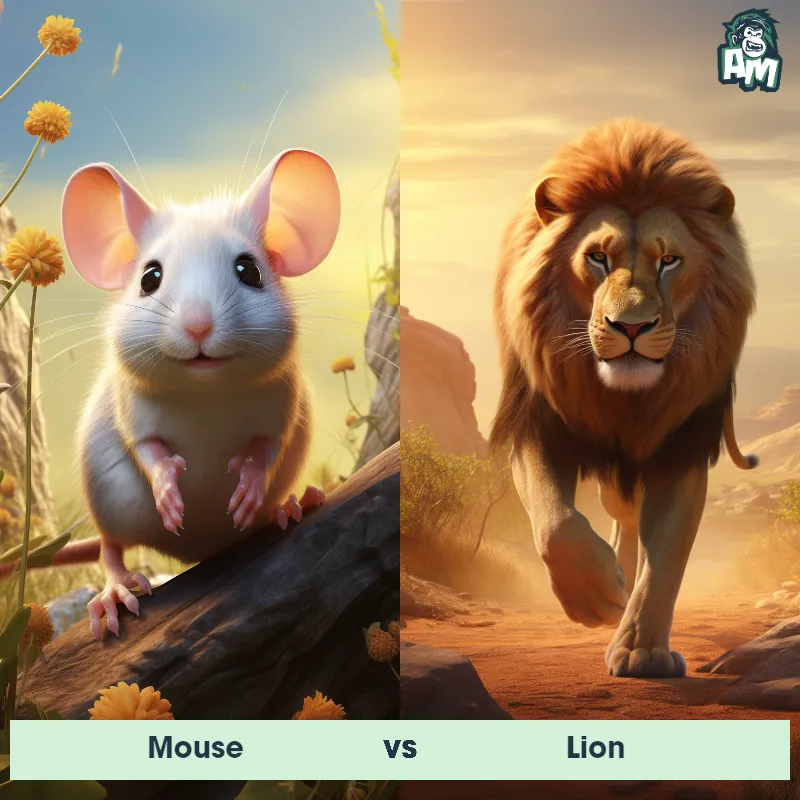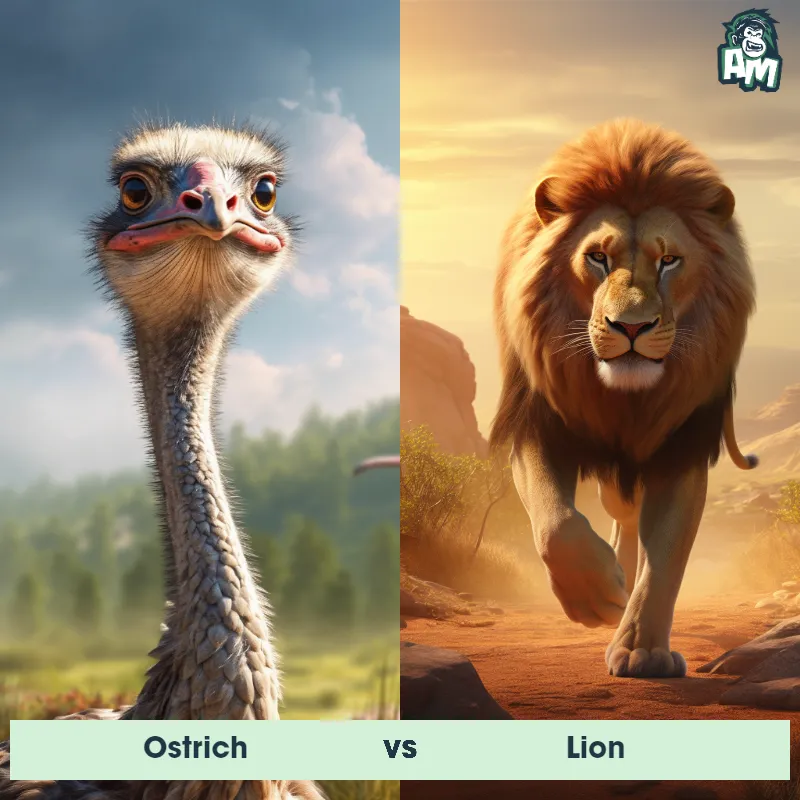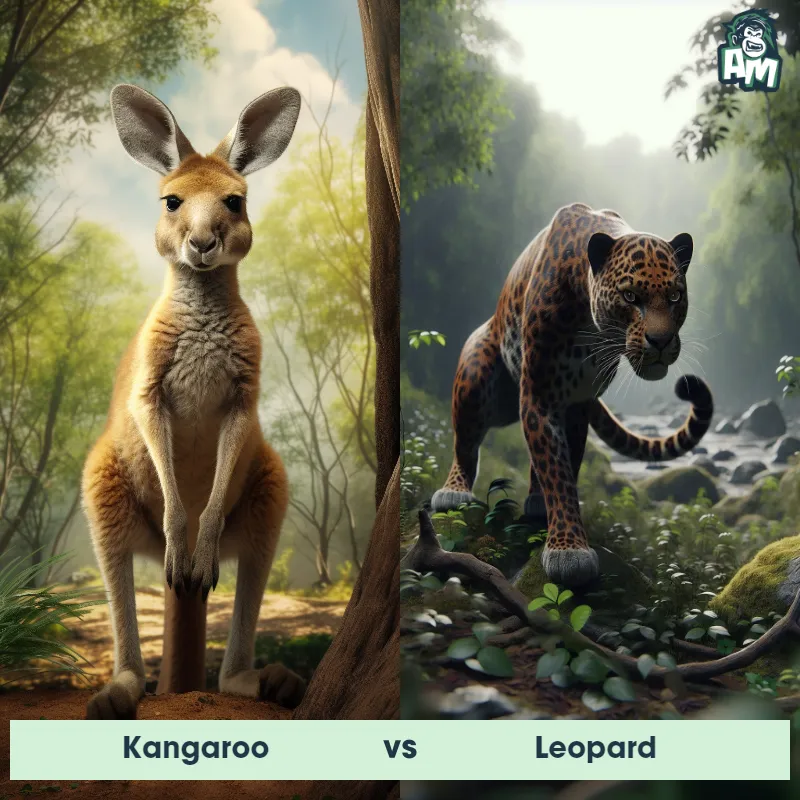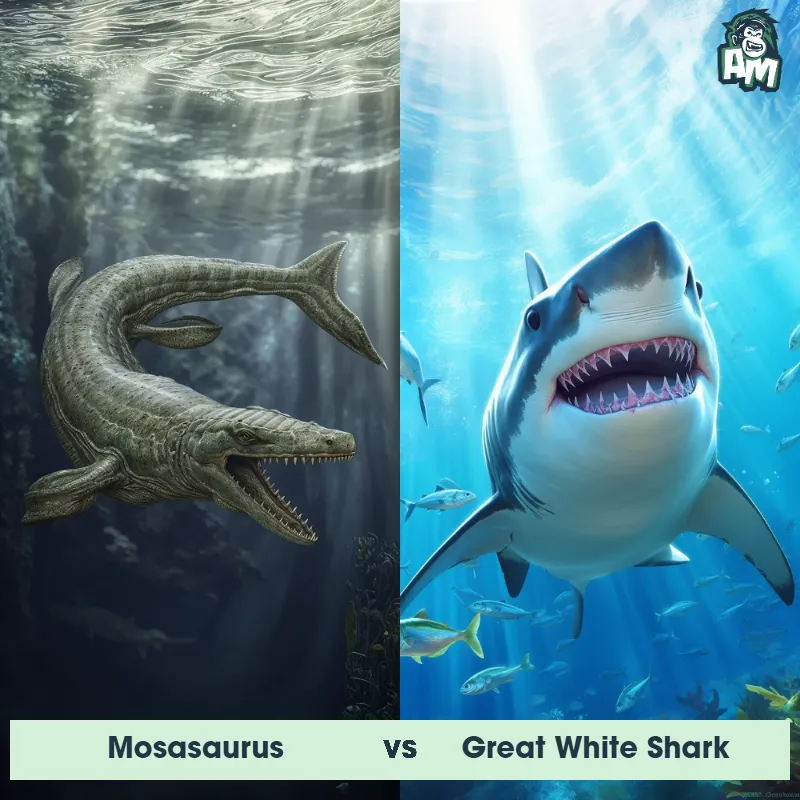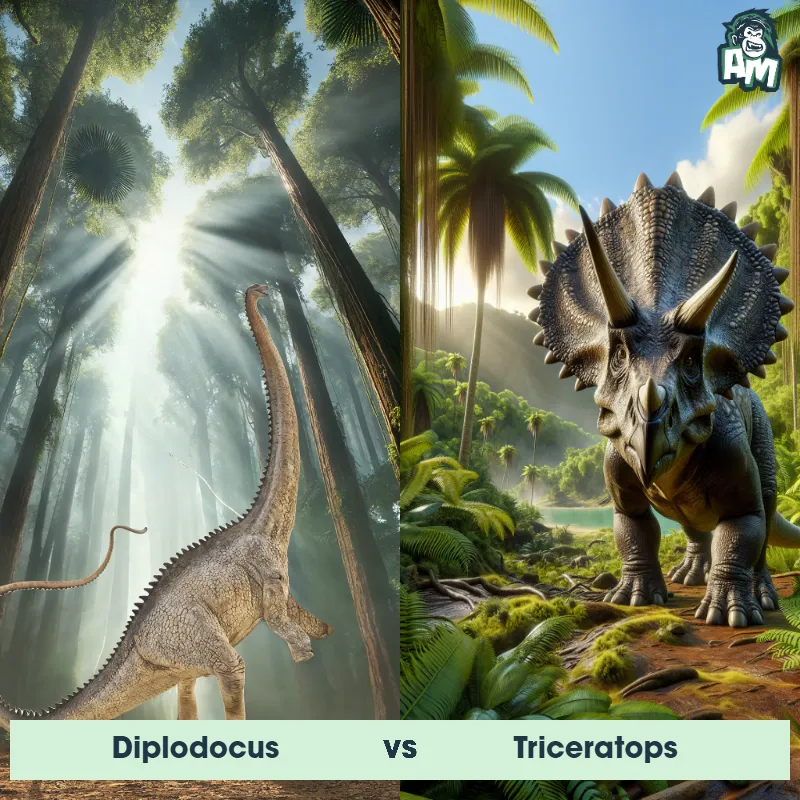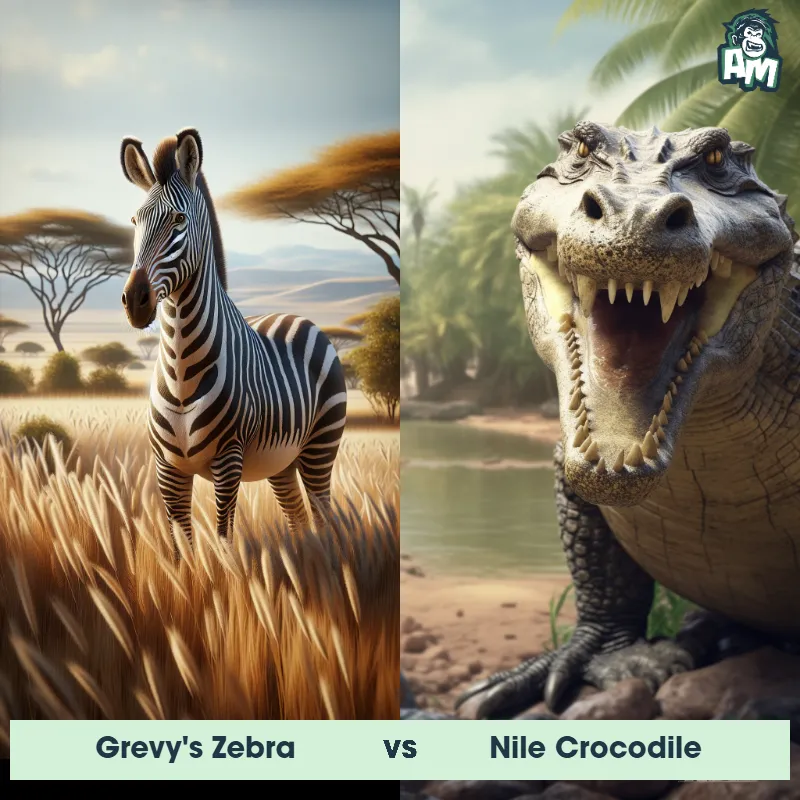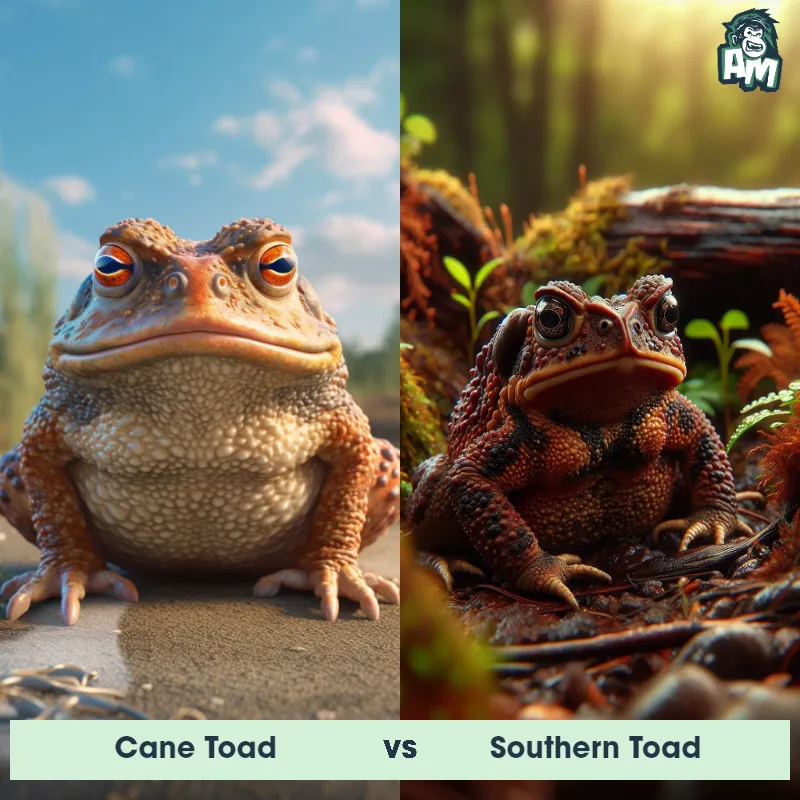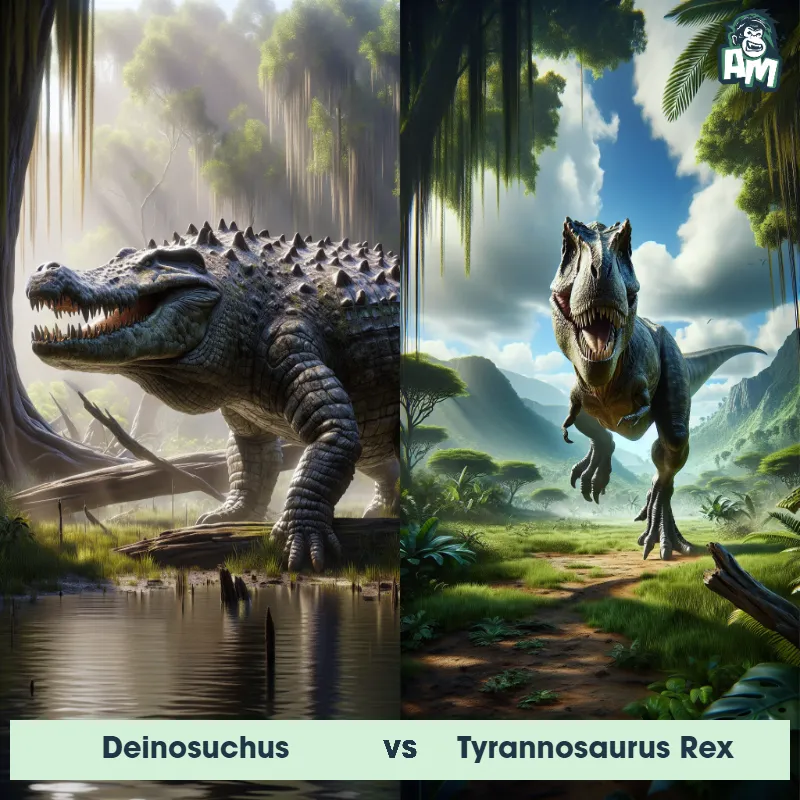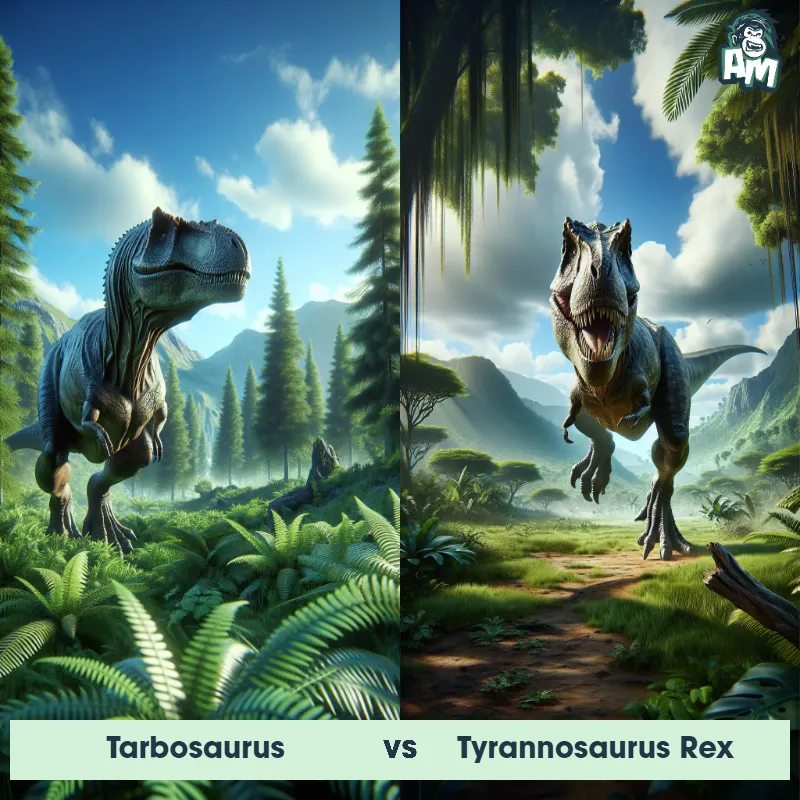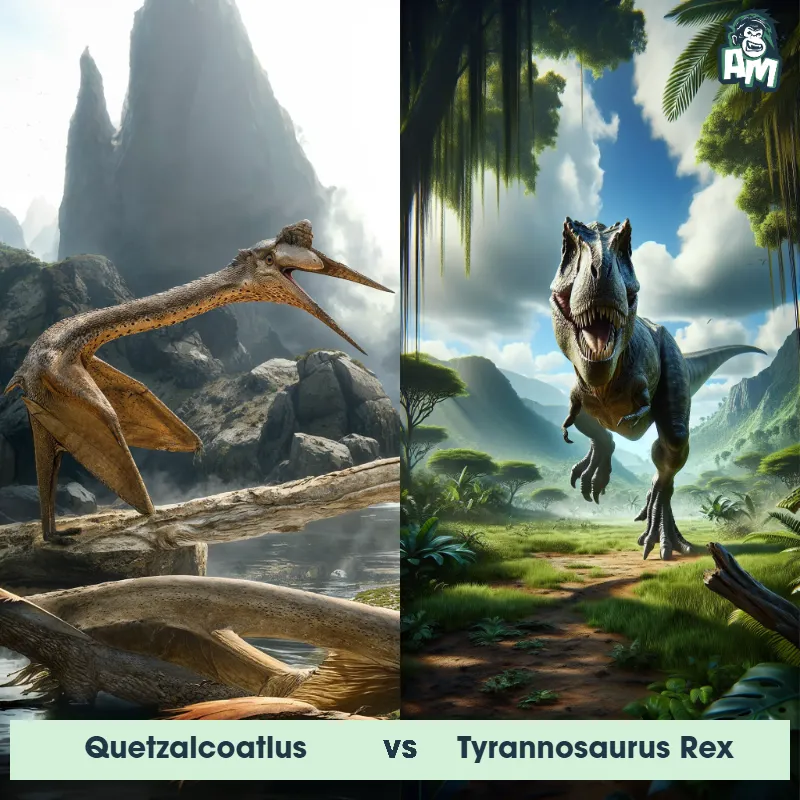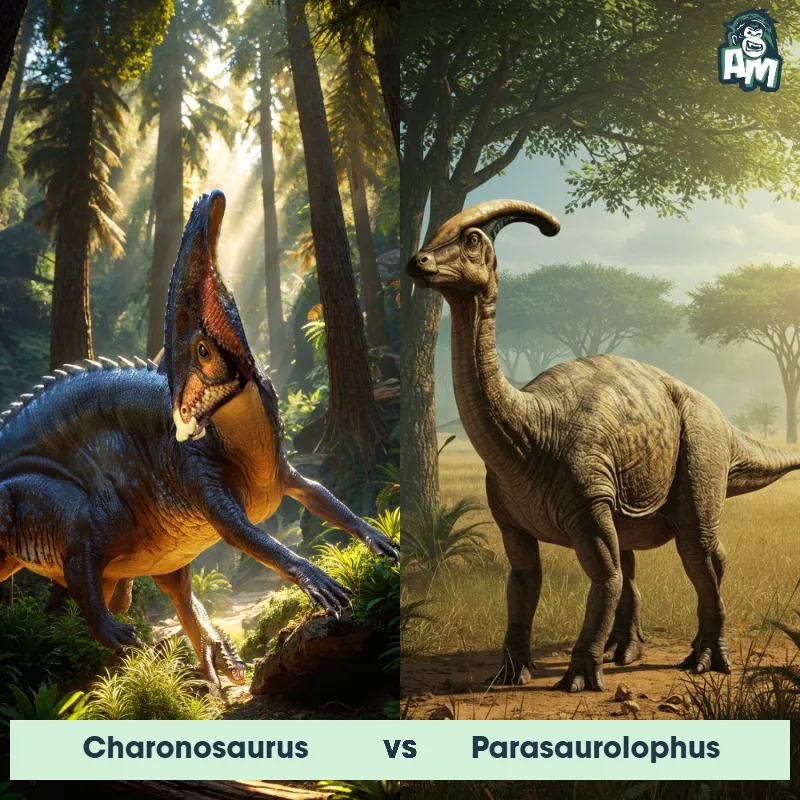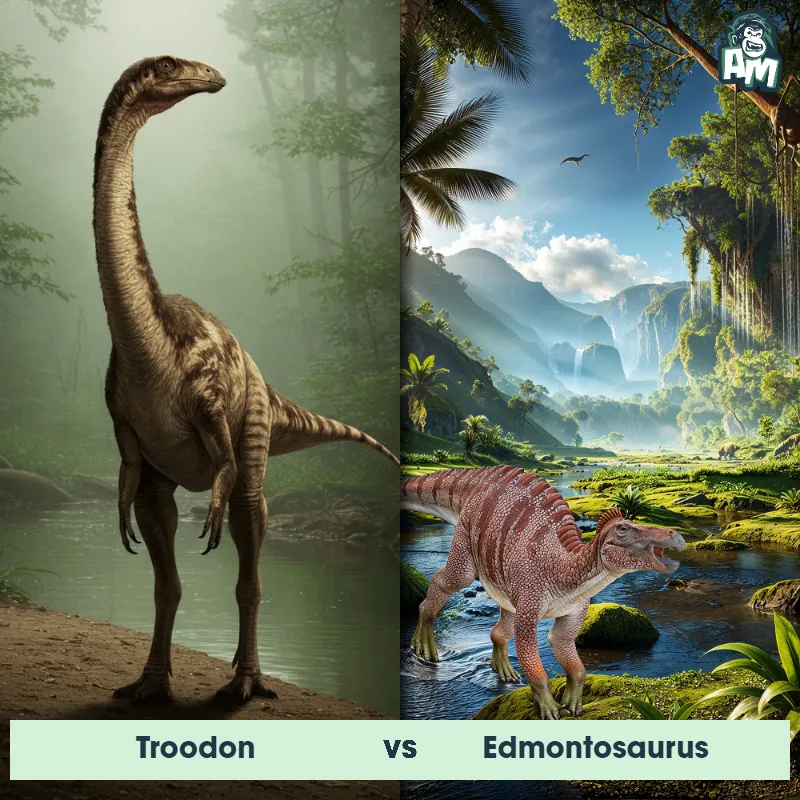Edmontosaurus vs Tyrannosaurus RexSee Who Wins
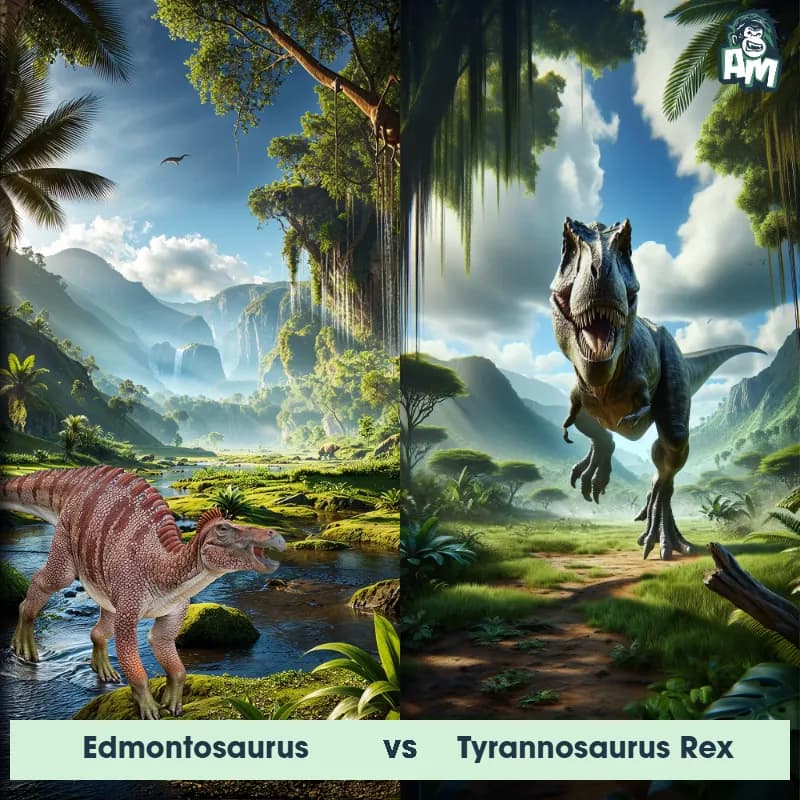
The tension is palpable as the colossal competitors enter the arena: the thunderous Edmontosaurus, a giant from the hadrosaur family, faces off against the terrifying apex predator, the Tyrannosaurus Rex. Crowds are on the edge of their seats, anticipating a clash of titans that promises to be nothing short of epic!
Contender 1: Edmontosaurus
The Edmontosaurus, also known as the duck-billed dinosaur, was a herbivorous dinosaur that lived during the Late Cretaceous period. It had a large bony crest on its head, a long tail, and a beak-like mouth with hundreds of teeth for grinding plant material. Edmontosaurus walked on four legs and could grow up to 40 feet long.
Fun Fact: Edmontosaurus is believed to have roamed in large herds, making them one of the most social dinosaurs of their time.
Contender 2: Tyrannosaurus Rex
The Tyrannosaurus Rex, also known as T-Rex, was one of the largest carnivorous dinosaurs to have ever roamed the Earth. With its massive size, powerful jaw, sharp teeth, and small arms, it was a fearsome predator during the late Cretaceous period. T-Rex had a bipedal stance and a strong tail that helped balance its body while hunting.
Fun Fact: The Tyrannosaurus Rex had an incredible bite force of around 8,000 pounds, which allowed it to easily crush bones of its prey.
Matchup Stats
| Edmontosaurus | Tyrannosaurus Rex | |
|---|---|---|
| Size | Up to 40 feet (12 meters) long | 40 feet long (12 meters) |
| Weight | Up to 4 tons (3,600 kilograms) | 8 tons (7,260 kilograms) |
| Speed | 16-20 mph (26-32 km/h) | 10-25 mph (16-40 km/h) |
| Key Strength | Powerful tail for defense | Powerful jaws |
| Biggest Weakness | Vulnerable sides due to lack of armor | Small arms |
Current Votes
Edmontosaurus vs Tyrannosaurus Rex
See Who Wins
View More Matches
Looking For More?
Similar Matches
Scientific Stats
| Edmontosaurus | Tyrannosaurus Rex | |
|---|---|---|
| Scientific Name | Edmontosaurus regalis | Tyrannosaurus Rex |
| Family | Hadrosauridae | Tyrannosauridae |
| Habitat | Woodlands and floodplains | Land |
| Geography | North America | North America |
| Diet | Herbivore | Carnivore |
| Lifespan | 15 years - 20 years | 20 years - 30 years |
Key Differences between Edmontosaurus and Tyrannosaurus Rex
- Skull Shape: Edmontosaurus had a flat, duck-billed skull, while Tyrannosaurus Rex had a massive, wide skull with sharp teeth.
- Limbs: Edmontosaurus had longer front limbs adapted for walking on all fours, while Tyrannosaurus Rex had short, muscular arms.
- Teeth: Edmontosaurus had numerous leaf-shaped teeth suitable for grinding plant material, whereas Tyrannosaurus Rex possessed large, serrated teeth for tearing flesh.
- Tail: Both species had long tails, but the Edmontosaurus’ tail was more rigid for balance during locomotion, unlike the thicker tail of the Tyrannosaurus Rex used for balance and agility.
- Overall Build: Edmontosaurus had a more slender, herbivorous build, contrasting the bulky, carnivorous frame of the Tyrannosaurus Rex.
- Size: The Edmontosaurus was generally smaller in size compared to the large and robust Tyrannosaurus Rex.



